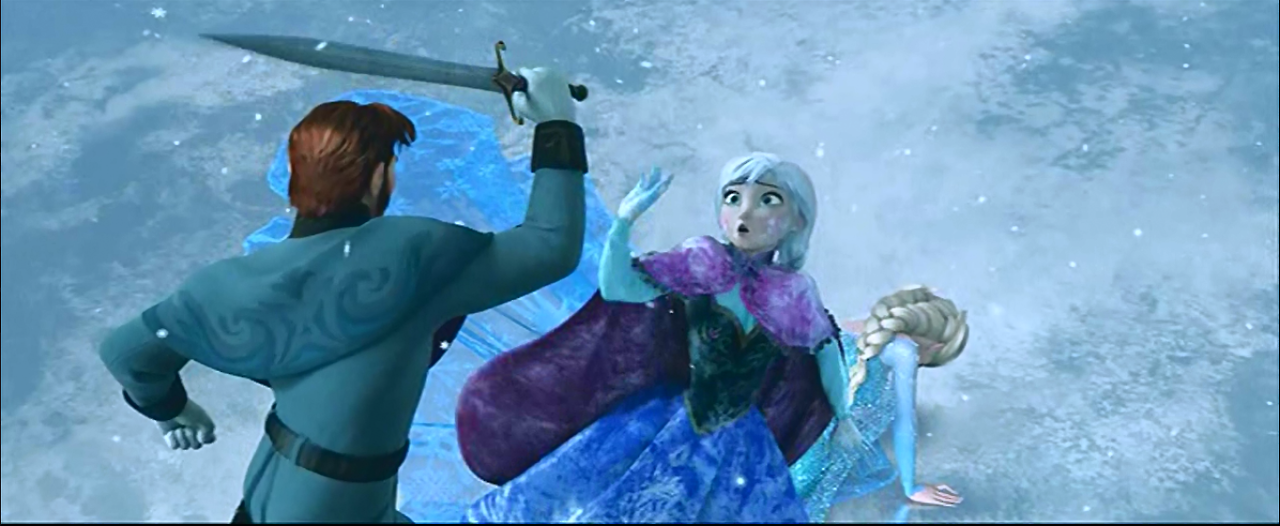We've all seen those hilarious posts on the internet of auto-correct getting the best of us:
Not only is auto-correct a frustrating (and sometimes hilarious) nuance of textual communication, but misunderstandings and miscommunication are evident in conversations even without the interference of our phone. Misinterpretation is normal and a potential component of any conversation, and often a catalyst of conflict. I believe conflict resolution is more efficient and effective in person because attending skills, reflective listening, and body language/tone aren't lost like in textual conversation.
It makes me wonder then why people rely so heavily on textual communication despite it's precarious nature to unintentionally deceive the recipients of our messages... Especially since textual conversation has become so extremely ubiquitous in our personal and professional lives. I think part of the reason why textual conversation is so prevalent is it couples so nicely with our aversion to conflict.
Over the phone (not in a verbal sense) it is easy to say something or call someone out, and then be able to hide in the safety of not having to see the person's physical response to your confrontation. We can avoid conflict by creating more conflict. Eye contact and tone are lost in text, so if someone asked me if I like pickled herring over text I could sarcastically roll my eyes and text back "no, they're gross" or I could genuinely share my disgust for pickled herring and text back "no, they're gross." It's the same exact message either way, and because phones can't text eye movement or tone, the way it's received is pretty much out of my control. So either way, if I go over to their house they're going to think I don't like pickled herring. Which is probably a good thing, for everyone. Cause pickled herring are gross.
I've found in personal situations it's incredibly frustrating to be an attentive and reflective listener when there isn't someone to physically be communicating with, and this frustration usually leads to some form of conflict. How can you expect to adequately develop vocal empathy through the keys of your computer or work on the application of SOLER through snapchat? You don't. The quality and effectiveness of modern communication has been compromised by our dependency on technology as a means to sometimes avoid conflict. I won't deny I've avoided in person conflict by trying address it via text or Facebook message. What I've found most frustrating is these sometimes multiple hour conversations over text only take 5-10 minutes in person.
The effects of textual communication in a workplace is kind of a double-edged sword. In some respects, it increases efficiency because we can communicate faster, more conveniently, and from great distances. For a rafting company for example, this is great because the employees in the field can maintain communication with employees who might work in the office in town. However, that speed and convenience compromises the quality and effectiveness of the messages possibly being communicated. So what may have been a message from the guide to let the office staff know they didn't get the correct roster could be misinterpreted that the guide doesn't think the office employee can properly do their job. All because of the lack of attending skills, reflective listening, and body language/tone.
The effects of textual communication in a workplace is kind of a double-edged sword. In some respects, it increases efficiency because we can communicate faster, more conveniently, and from great distances. For a rafting company for example, this is great because the employees in the field can maintain communication with employees who might work in the office in town. However, that speed and convenience compromises the quality and effectiveness of the messages possibly being communicated. So what may have been a message from the guide to let the office staff know they didn't get the correct roster could be misinterpreted that the guide doesn't think the office employee can properly do their job. All because of the lack of attending skills, reflective listening, and body language/tone.
So next time, whether you're texting your mom or your boss that you're running late because you need to dry your goat, maybe consider just calling them on the phone or getting there on time to prevent any confusion or conflict.
Sources:
When Children Text All Day, What Happens To Their Social Skills? (2011, December 10). Retrieved March 2, 2015, from http://www.huffingtonpost.com/2011/12/09/children-texting-technology-social-skills_n_1137570.html
Harrison, Marissa A. (2012, December). U txt WHEN? College students' social contexts of text messaging. The Social Science Journal, Volume 49, Issue 4. December 2012.
Images from damnyouautocorrect.com











